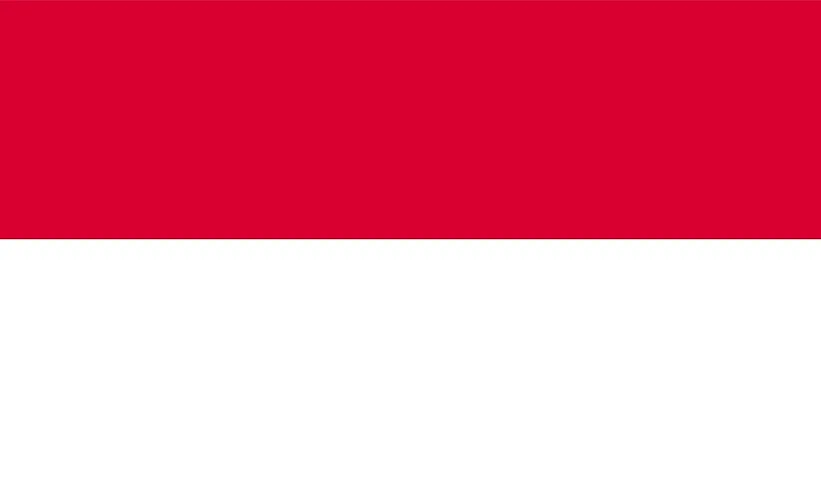
Monaco
| Continent | Europe |
| Capital | Monaco |
| Population | 30,581 |
| GDP | $7.67 Billion |
| GDP per Capita | $115,700 |
| Dialing Code | +377 |
| ISO Code (2-letter) | MC |
| ISO Code (3-letter) | MCO |
Monaco Landscapes






About Monaco
Welcome to Monaco, a sovereign city-state where luxury meets tradition. With approximately 38,000 people occupying just 2.02 square kilometers, Monaco combines remarkable wealth with historical heritage, standing as the world’s second-smallest independent state and a symbol of Mediterranean elegance.
Geographic Features and Natural Beauty
Monaco’s geography encompasses a unique coastal setting on the French Riviera. The principality features dramatic elevation changes from sea level to the base of the Maritime Alps, creating a distinctive terraced landscape.
The landscape includes the famous Rock of Monaco, home to the Prince’s Palace, and the district of Monte Carlo. The country’s Mediterranean climate and carefully maintained gardens, including the exotic Jardin Japonais and the Princess Grace Rose Garden, create an atmosphere of natural luxury.
Protected areas include the Oceanographic Museum’s marine reserve and various maintained gardens. The country’s commitment to environmental protection focuses on marine conservation and sustainable urban development.
Cultural Heritage and Traditions
Monégasque culture represents a blend of French and Italian influences with unique local traditions. The country’s heritage includes the centuries-old Grimaldi dynasty, prestigious cultural institutions, and distinctive celebrations.
Traditional arts include the Monte Carlo Opera, the Philharmonic Orchestra, and various festivals. The principality maintains strong connections to both its maritime heritage and its reputation for artistic excellence.
Monégasque cuisine combines Mediterranean flavors with French sophistication, featuring seafood specialties and local dishes like barbagiuan. The tradition of high gastronomy and cultural refinement remains central to Monaco’s identity.
Historical Journey
Monaco’s history spans from ancient Greek settlement through Grimaldi rule to modern sovereign state. The principality has maintained its independence through diplomatic skill and cultural distinction.
Significant periods include the establishment of Grimaldi rule in 1297, the development of Monte Carlo Casino in 1863, the reign of Prince Rainier III and Princess Grace, and modern economic diversification. The country’s evolution from medieval fortress to luxury destination demonstrates remarkable adaptation.
Modern Economic Landscape
Today’s Monégasque economy combines banking, tourism, and high-end services. The country is known for its tax policies, luxury tourism, and prestigious events like the Monaco Grand Prix.
Recent initiatives focus on digital transformation, environmental sustainability, and expanding beyond traditional sectors. Monaco’s reputation for security and stability supports its position as a global business center.
International Relations and Global Position
Monaco maintains active participation in international organizations while preserving its unique sovereign status. The country’s environmental advocacy and cultural diplomacy extend its influence beyond its size.
Did You Know?
• Monaco has the highest number of millionaires and billionaires per capita in the world?
• The Monte Carlo Casino was originally built to save the House of Grimaldi from bankruptcy?
• Monaco’s population density is the highest of any sovereign state?
• The Monaco Grand Prix is the only Formula One race held on city streets?
Conclusion
Monaco represents a unique combination of historical sovereignty and modern luxury. From its royal heritage to its economic success, from its cultural institutions to its environmental initiatives, Monaco continues to evolve while maintaining its distinctive character. As it addresses challenges including urban development and environmental protection, Monaco remains committed to its role as a center of excellence while fostering sustainable innovation.